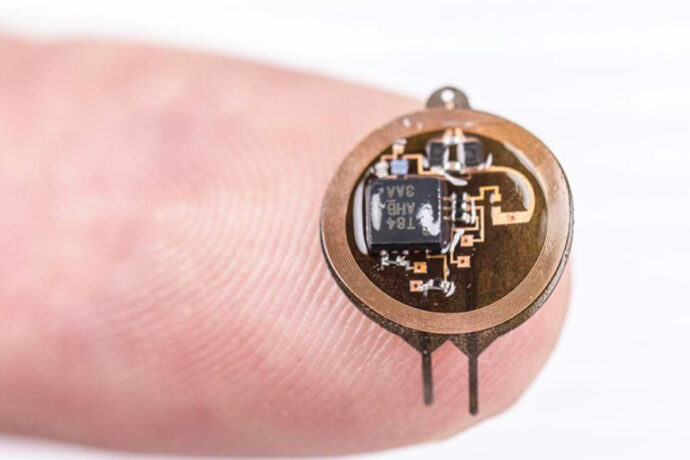
The rise of artificial intelligence (AI) has sparked concerns about its potential to disrupt elections and undermine democratic processes. Amidst warnings of AI-generated deepfakes and foreign interference, efforts to harness AI for positive democratic outcomes often go unnoticed. This article delves into both the risks and opportunities associated with AI in electoral contexts, highlighting the ongoing debate surrounding its implications.
Main Ideas:
1. Concerns Over AI Threats to Democracy:
The proliferation of AI-generated deepfakes, particularly in the form of realistic videos and audio, has raised alarm about their potential to spread misinformation and erode trust in political processes.
Regulatory bodies and governments are grappling with safeguarding elections from malign foreign interference, underscoring the pressing need for robust cybersecurity measures.
2. Potential Benefits of AI in Electoral Campaigns:
Despite widespread apprehension, there exists a realm of untapped potential in utilizing AI to enhance electoral processes. Organizations like Campaign Lab advocate for responsible AI implementation, citing its capacity to streamline campaign efforts and facilitate meaningful engagement with voters.
Examples include training courses on AI tools like ChatGPT to draft election materials and experimenting with chatbots to improve canvassing techniques, demonstrating the transformative impact of AI in political outreach.
3. Optimistic Perspectives on AI Integration:
Techno-optimists like Joe Reeve of Tory Techs emphasize the bipartisan potential of AI in revolutionizing political landscapes. By coaching politicians on AI’s positive implications and fostering informed discussions, Reeve aims to leverage technology for the greater good.
Andrew Gray’s endeavor as the UK’s first AI-powered election candidate showcases innovative approaches like using AI-driven platforms such as Polis to crowdsource policy ideas and bridge political divides at the grassroots level.
4. Challenges and Ethical Considerations:
Despite its promise, AI adoption in elections faces skepticism and resistance, exemplified by voters’ reluctance to embrace AI-powered candidates like Andrew Gray. Concerns persist regarding AI’s potential to manipulate public opinion and undermine the authenticity of political discourse.
Criticism extends to AI-enabled decision-making tools like Polis, which, although aimed at fostering consensus, are subject to manipulation and skepticism regarding their neutrality.
5. Uncertainty and Future Prospects:
The evolving landscape of AI in elections presents a complex tapestry of risks and opportunities, with the potential to reshape political dynamics on a global scale.
While AI-powered polling and data analysis hold promise for enhancing electoral predictions and voter insights, the specter of AI-driven disinformation looms large, underscoring the need for robust regulatory frameworks and ethical guidelines.
As AI continues to permeate electoral landscapes, the balance between its potential to enrich democratic processes and its capacity to sow discord remains precarious. While optimism surrounds AI’s transformative capabilities, vigilance against its misuse is paramount to safeguarding the integrity of elections and upholding democratic values in the digital age.



